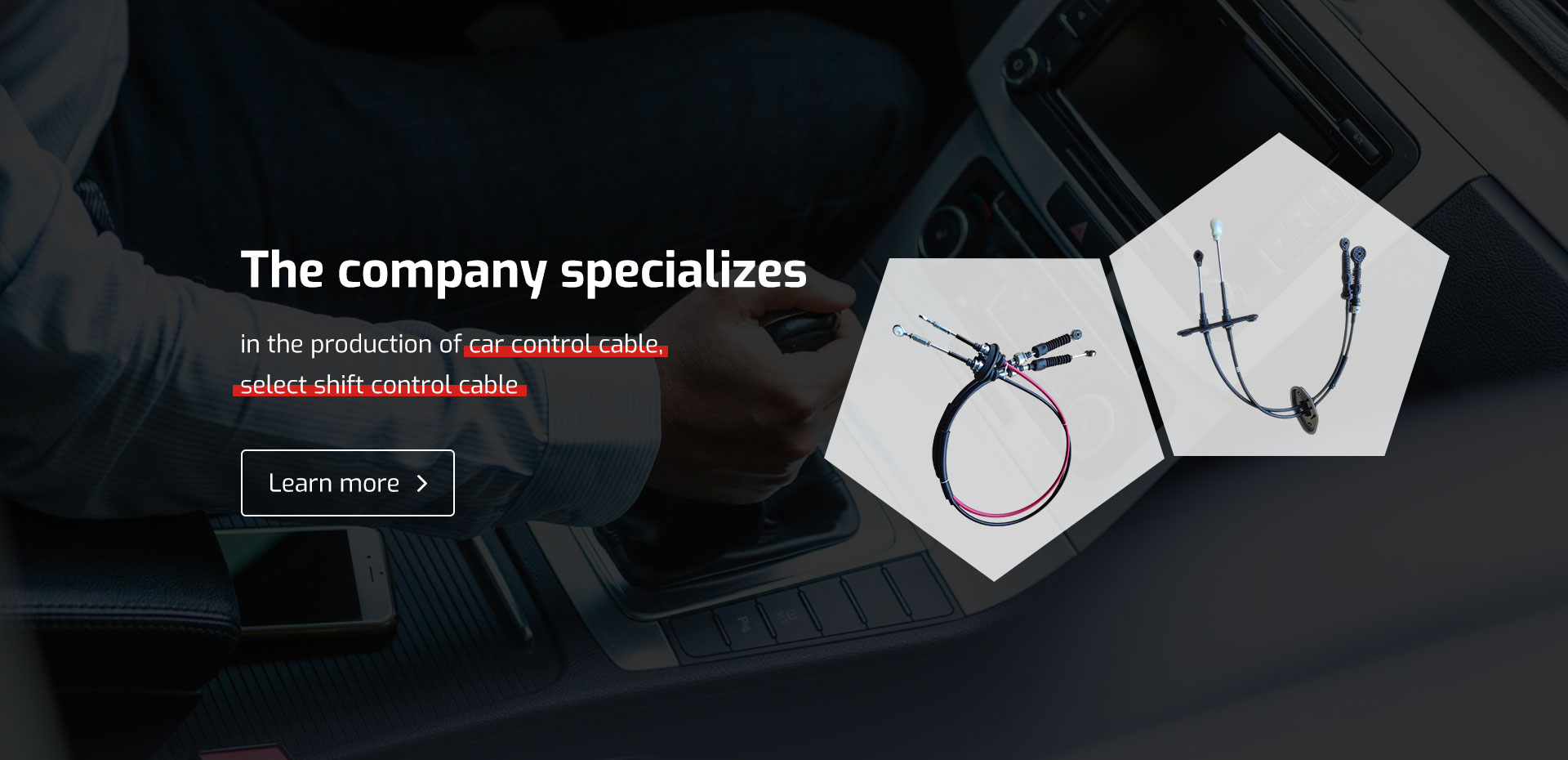Understanding Cable Throttle Pedals and Their Function in Automotive Engineering
The Cable Throttle Pedal Mechanism, Functionality, and Evolution
In the world of automotive technology, the throttle pedal is a critical component that significantly influences vehicle performance and driver experience. Among the various types of throttle control systems, the cable throttle pedal has maintained a prominent presence due to its simplicity, reliability, and direct mechanical connection between the driver's input and the engine's response. This article will explore the mechanism, functionality, and evolution of the cable throttle pedal, highlighting its importance in both conventional and modern vehicle systems.
Mechanism of the Cable Throttle Pedal
At its core, the cable throttle pedal system consists of a pedal, a throttle cable, and a throttle body. When a driver presses the pedal, the action pulls the throttle cable, which is connected to the throttle valve in the engine’s intake manifold. The throttle valve regulates the amount of air entering the engine, which in turn controls the engine’s power output. This mechanical linkage allows for a direct and immediate response to the driver's input, fostering a sense of control and connection between the driver and the vehicle.
The simplicity of this system is one of its greatest advantages. Unlike electronic throttle control systems, which rely on sensors and actuators, the cable throttle setup is less prone to failure due to fewer electronic components. It requires less maintenance, making it a preferred choice for many manufacturers, especially in budget-oriented and performance vehicles.
Functionality in Automotive Design
cable throttle pedal

The cable throttle pedal plays a vital role in enhancing the vehicle's driving dynamics. It is designed to provide feedback to the driver, allowing them to gauge how much throttle is being applied based on the pedal's position. This tactile response is crucial for precision driving, particularly in sports and performance applications, where responsiveness is essential. Drivers can modulate their acceleration with great accuracy, which is particularly important when navigating challenging driving conditions or engaging in spirited driving.
Furthermore, the cable system provides a straightforward way to achieve throttle control in varying driving situations. It is versatile enough to be used in both manual and automatic vehicles. While modern vehicles increasingly adopt electronic throttle control for enhanced efficiency and integration with advanced driver-assistance systems, the cable throttle remains popular in certain segments, especially where driver engagement is prioritized.
Evolution and Industry Trends
In recent years, the automotive industry has witnessed a notable shift towards electronic throttle control systems, commonly referred to as drive-by-wire. These systems use electronic sensors to detect the position of the accelerator pedal and send a signal to the engine control unit (ECU), which regulates the throttle valve accordingly. While this technology offers advantages such as improved fuel efficiency and the ability to integrate with stability control systems, many car enthusiasts argue that cable throttle pedals provide a more 'organic' driving experience.
This debate reflects broader trends in the auto industry regarding the balance between technology and driver engagement. Although some manufacturers have phased out cable systems in favor of electronic alternatives, there is a resurgence of interest in traditional setups, particularly within the performance car community. Many tuners and aftermarket enthusiasts prefer cable throttle systems for their straightforward mechanics and the genuine connection between the driver and the car, essential for spirited driving.
In summary, while electronic throttle systems are on the rise, the cable throttle pedal remains a fundamental aspect of automotive design and driving experience. Its direct response, reliability, and simplicity continue to earn it favor among both manufacturers and driving enthusiasts. Whether in classic cars that emphasize raw driving pleasure or modern vehicles designed for specific applications, the cable throttle pedal stands as a testament to the enduring appeal of mechanical simplicity in an increasingly complex automotive landscape. As automotive technology evolves, it will be interesting to see how the cable throttle pedal adapts and continues to influence vehicle design and driving dynamics in the future.
-
Workings of Clutch Pipe and Hose SystemsNewsJun.04,2025
-
The Inner Workings of Hand Brake Cable SystemsNewsJun.04,2025
-
The Secrets of Throttle and Accelerator CablesNewsJun.04,2025
-
The Hidden Lifeline of Your Transmission Gear Shift CablesNewsJun.04,2025
-
Demystifying Gear Cables and Shift LinkagesNewsJun.04,2025
-
Decoding Clutch Line Systems A Comprehensive GuideNewsJun.04,2025
